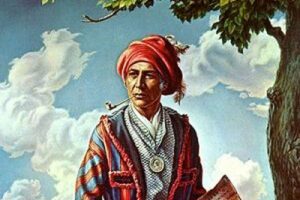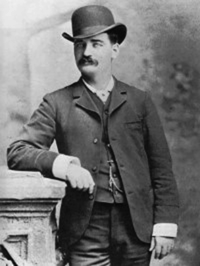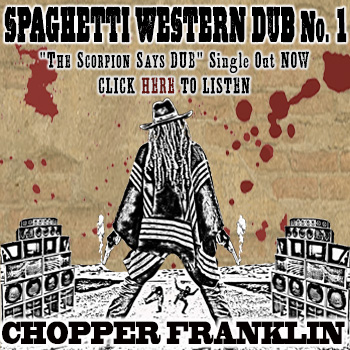March 1, 1892, Daily Herald, El Paso, Texas – Five years ago I was suffering with a very severe throat trouble, so much so that I did not expect to live. An acquaintance told me that he could give me a remedy that would cure it and , as I had tried all of the doctors in my town without receiving any benefit, I decided to try the remedy suggested. I tried it, was permanently cured of my cough, and besides I discovered that I was not subject to colds.
I was conductor, running in the states of Virginia, North Carolina, South Carolina, Georgia, Florida, Tennessee and Alabama. I was of course subjected to very hot cars in winter, and of necessity had constantly to get out in the cold at all hours of the night. In all that time I have never had a cold or the grip. You will be astonished at the remedy. It is simply to wear a salted undershirt.
Take a summer undershirt and soak it in brine made with, a half pint of ordinary salt to about a quarter of water, and put out to dry. Wear this shirt next to the body. It is not unpleasant to wear and will, I am sure, keep off grip and bad colds, and, I firmly believe, consumption. If I were to live to be eighty years old, I have so much faith in the salted shirts that I would never cease to wear them. My reason for preferring the thin gauze shirt is because the salt makes a heavy shirt too stiff and hard. Wear the heavy shirt over the salted shirt
NOTE: This article written in 1892. It was the latest in medical news back then, but not necessarily now.










